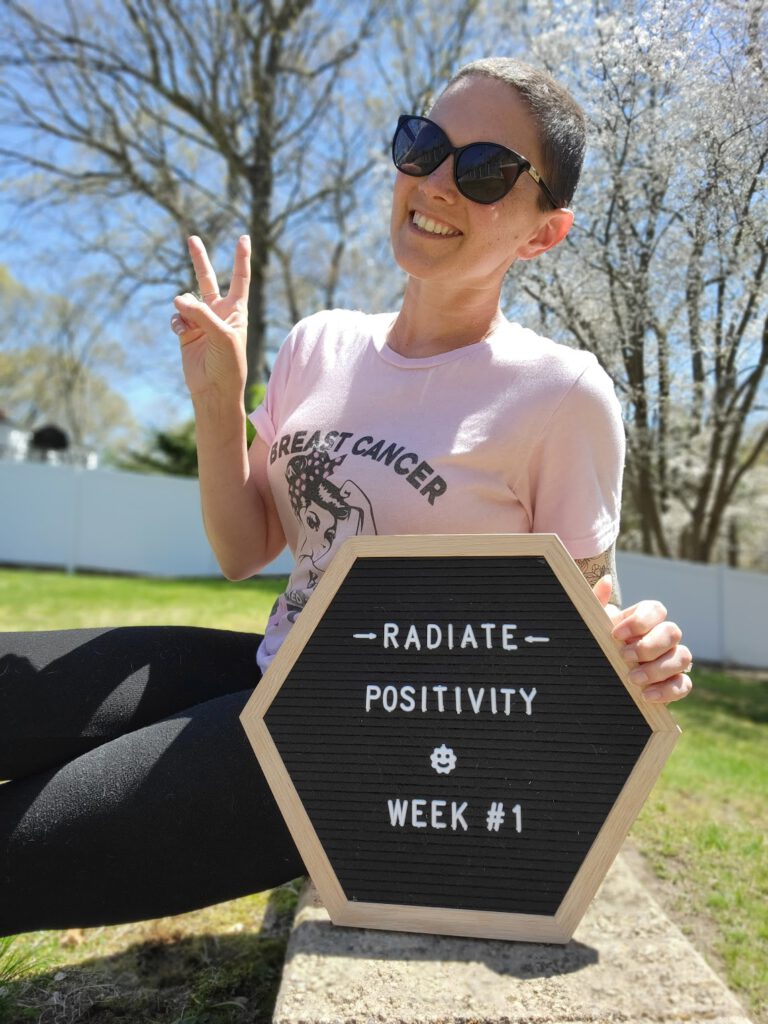Building Back Strength for Breast Cancer Survivors
Breast cancer survivors often face a multitude of challenges during and after their treatment journey. One significant hurdle is muscle weakness, which can result from both the cancer treatment itself and the lack of physical activity during recovery. Chemotherapy, radiation, and surgery can take a toll on the body, leading to decreased muscle mass and strength. By incorporating targeted strength training exercises, survivors can rebuild their strength, improve their overall wellness, and take back control over their lives.
This guide will provide you with practical strategies and compassionate advice to help you on your journey to overcoming muscle weakness and embracing a healthier, stronger you!

Understanding Muscle Weakness
Muscle weakness is a common but often overlooked challenge for breast cancer survivors. The rigorous treatments, including chemotherapy, radiation, and surgery, can lead to significant loss of muscle mass and strength.
These treatments, while vital for combating cancer, can cause muscle atrophy and fatigue, making everyday tasks more difficult and impacting overall quality of life.
Additionally, the period of reduced physical activity during treatment can further exacerbate muscle weakness.
Understanding the underlying causes of muscle loss is the first step toward recovery.
By recognizing the impact of cancer treatment on muscle health, survivors can take proactive measures to counteract these effects and work towards regaining their strength and vitality.
Differentiating Between Fatigue & Weakness
As a breast cancer survivor, it’s important to understand the difference between fatigue and muscle weakness during your recovery.
Fatigue is that overwhelming sense of tiredness and lack of energy you might feel, which can linger long after your treatment ends. It’s a deep exhaustion that rest doesn’t always fix. Whereas muscle weakness, on the other hand, is when your muscles have lost strength and endurance, making it tough to do physical tasks that used to be easy.
While fatigue can make you feel weak, knowing they’re not the same thing is important.
Fatigue needs a mix of rest, good nutrition, and gentle activities to help you regain your energy. Muscle weakness, though, often requires more focused strength training and resistance exercises to rebuild your muscles. By understanding this difference, you can better address what your body needs. This knowledge helps you create a recovery plan that targets both your energy levels and your muscle strength, guiding you towards a healthier, stronger you!
Strength Training Exercises for Rebuilding Muscles
When it comes to rebuilding your muscles, strength training exercises can be incredibly effective. As a breast cancer survivor, starting with beginner-friendly resistance exercises is a great way to gently ease your body back into physical activity.
Focus on exercises that target major muscle groups, such as your legs, arms, and core. Simple exercises like bodyweight squats, seated rows, and leg lifts can help you regain strength and confidence. It’s crucial to pay attention to proper form and technique to avoid injury and get the most benefit from your workouts.
For example, when performing a squat, you want to keep your feet shoulder-width apart, engage your core, and lower your body as if you’re sitting back into a chair. It’s ok that your knees go past your toes slightly, our bodies are designed for it! Think of your body as a lever, we’re hinging our hips to lower and raise our bodies. If you’re too erect, your hips can’t release properly and you could put too much strain on your knees.
Listen to your body and progress at your own pace. It’s okay to start slow and gradually increase the intensity of your workouts as you feel stronger.


Gradual Progression: Building Strength Safely
I cannot stress enough how essential it is to understand the importance of gradual progression. Starting with light weights and slowly increasing the intensity of your exercises is key to building strength safely and effectively.
Your body has been through a lot, and it’s crucial to give it the time it needs to adapt and rebuild.
Begin with weights that feel manageable, even if they seem too light at first (and yes this may mean working with just bodyweight). This helps you focus on proper form and technique, reducing the risk of injury.
As you become more comfortable and your muscles start to strengthen, you can gradually increase the weight or resistance. A good rule of thumb is to increase the weight by small increments, such as 1-2 pounds, every few weeks or as you feel ready.
Pay attention to how your muscles feel during and after your workouts. Slight muscle soreness is normal, but sharp pain or discomfort is a signal to stop and reassess. Patience is essential; progress may feel slow, but consistency will lead to significant improvements over time and help manage any lymphedema flare-ups that might be waiting around the bend.
Rest Days Do Not Make You Weak
Don’t underestimate the power of rest days in your workout routine. Rest days are crucial for muscle recovery and overall well-being. Your body needs time to repair and rebuild muscle tissue that’s been stressed during strength training exercises.
It’s understandable to want to push yourself, but remember that this is not a no pain no gain situation we’re trying to be in. Overtraining can lead to fatigue, increased risk of injury, and slower progress. Aim to incorporate at least two rest days each week, especially if you’re new to strength training or recently out of treatment.
On rest days, focus on activities that promote relaxation and recovery, such as gentle stretching, yoga, or light walking. These activities help improve circulation, reduce muscle tension, and enhance overall flexibility, supporting your body’s healing process.
If you feel excessively fatigued or notice persistent muscle soreness that go beyond 48 hours from your workout, consider taking an extra rest day and adjusting the intensity of your workouts.

Consistency is Your Greatest Ally
Committing to regular strength training exercises and incorporating rest days for recovery, you’re not just rebuilding muscles—you’re taking back control of your strength. Every workout, no matter how small, contributes to your overall well-being and recovery.
Consider working with a specialized cancer exercise professional, like myself, who understands the unique challenges and needs of breast cancer survivors. Together, we can tailor a personalized exercise plan that safely and effectively supports your journey towards optimal health and strength.
Your body has shown incredible resilience, and with patience and dedication, you’ll continue to see progress.
Celebrate each milestone along the way, whether it’s lifting a heavier weight or feeling more energized throughout the day. You’re not just rebuilding muscle; you’re rebuilding your life on your terms—stronger, healthier, and more empowered than ever before.




